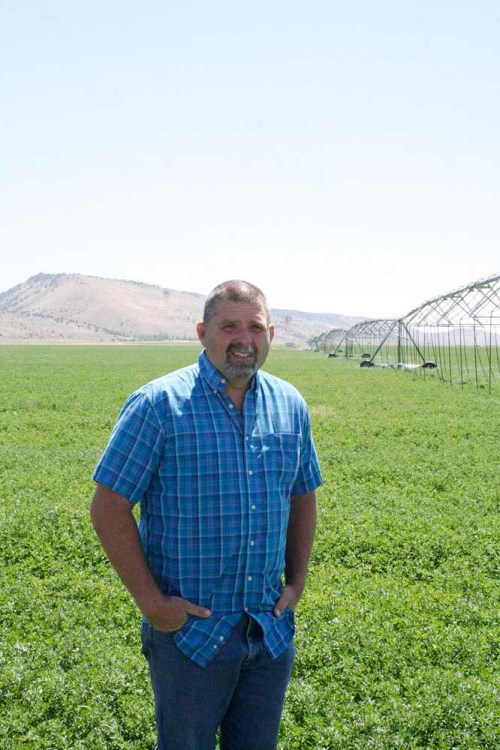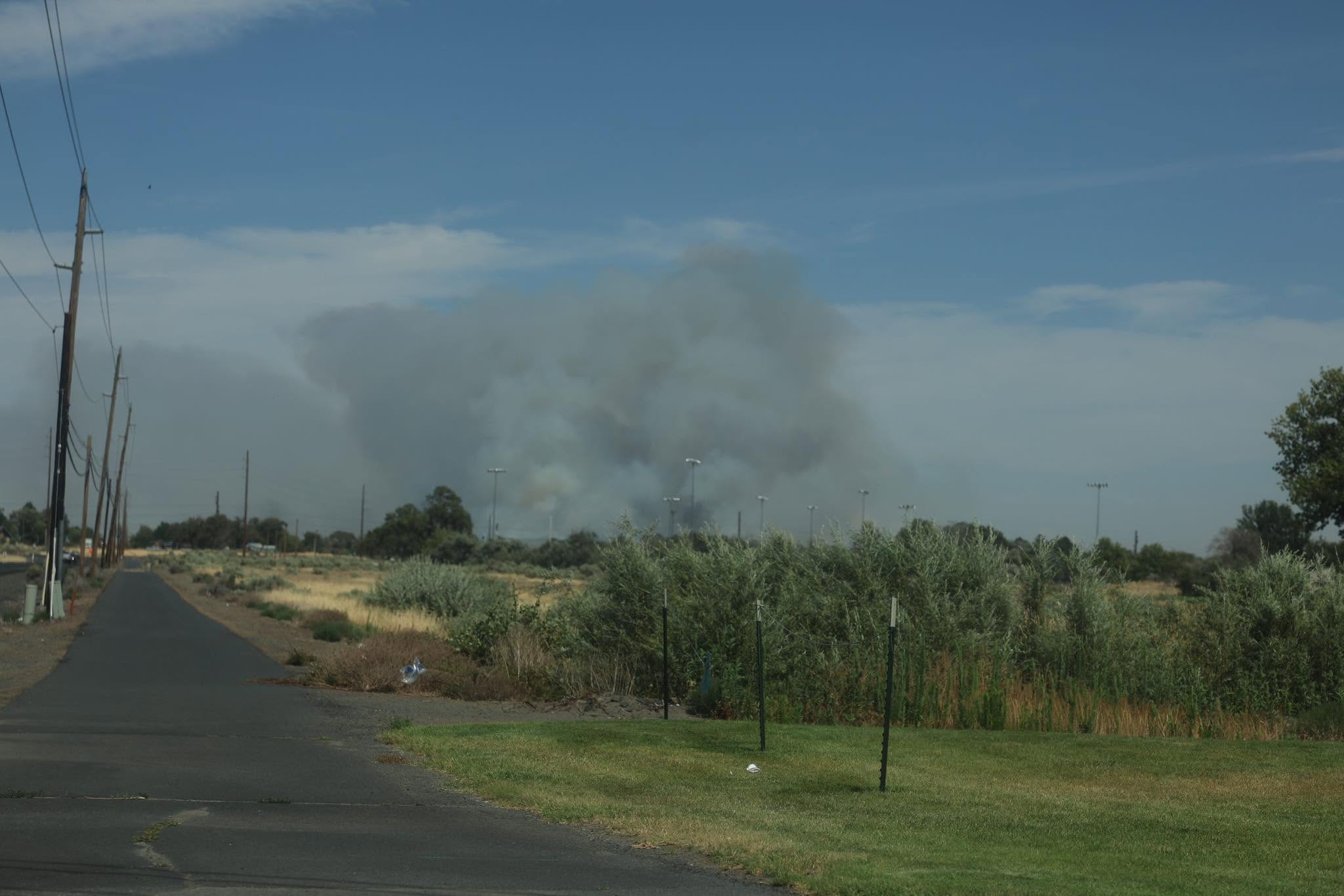Condensed Oregon water package focused on scarcity
Published 2:30 pm Thursday, June 15, 2023

- Mark Owens, R-Crane, vice chair of the Oregon House Water Committee, examines his alfalfa field in Harney County, Ore., which is contending with declining groundwater levels.
SALEM — Political turmoil has convinced a pair of Oregon lawmakers to condense their plan for comprehensive water reforms into a slimmer legislative package aimed at confronting water scarcity.
Earlier this year, Reps. Ken Helm, D-Beaverton, and Mark Owens, R-Crane, floated the idea of spending $250 million on watershed health, irrigation infrastructure, hydrology data and other water-related investments.
But as bills stalled in the Senate for more than a month during a Republican protest, the water-oriented duo pared back the proposal to $110 million that’s directed toward improving water security and drought response.
“Things evolved so we figured out how we can be nimble enough to get the drought package passed,” said Owens.
The revised package was intended to pass quickly when time is limited, either during next year’s short session or if the Senate stalemate ended before this year’s session concluded.
Negotiations between Democrat and Republican leaders ultimately proved successful in breaking the deadlock, providing the Senate with the quorum needed to pass bills on June 15.
That gave lawmakers 10 days to pass the water package and other legislation before the session must end.
Apart from spending measures, the package includes policy changes from bills that had won broad support before they were stalled.
“It was very important to us that nothing controversial got pushed through,” Owens said. “These were all unanimous or very bipartisan bills.”
The total amount of spending was trimmed as the state’s budget outlook came into focus, with water quality proposals severed from the legislative package. However, Helm and Owens still hope to secure funding for those components as the 2023 session draws to a close.
Policy concepts and spending proposals were included in the revised package based on several criteria, such as dealing with drought and scarcity, building on existing programs, serving underprivileged communities and leveraging federal matching funds.
“Water quality projects didn’t fit the criteria even though they’re really important,” Helm said. “That need is still present.”
Oregon State University would receive money to hire eight additional Extension agents dedicated to technical assistance with water management, or squeezing “more crop per drop” in common parlance.
The package includes $50 million for irrigation modernization, which encompasses replacing open canals with pipelines and similar projects intended to conserve water and improve operations.
Such investments are eligible for 75% matching funds from the federal government, which in many cases have already been approved and are simply awaiting the local or state funding component.
The money will benefit projects that are “as close to shovel ready as we can get” and take advantage of federal infrastructure funding while it’s available, said Owens. “You get a system that will be resilient and functional for another 100 years or so.”
Water grants and loans will be disbursed twice a year under the legislation, which also creates a fund for place-based water planning, a method devoted to finding regional solutions with the assistance of local stakeholders.
A specific grant program for aquifer recharge testing is included in the package, filling a gap that’s necessary to begin storing abundant winter water underground for summertime supplies.
Money is also directed at resolving problems in specific watersheds, such as the Chemawaucan River and Lake Abert.
Wet springtime conditions have mitigated water shortage concerns this year, so it’s gratifying that lawmakers were willing to allocate funding with an eye to the future, rather than simply reacting to an immediate drought, Helm said.
“This is what we should be doing,” he said. “We should be long-term planning.”









